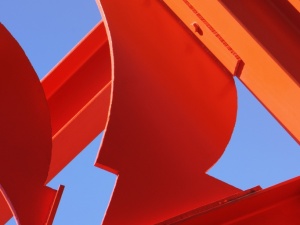Effect of Different Dosages of Carbon Nanotubes on the Metal Friction and Metal Wear in the Mixing Process
Abstract
Internal mixer is an important mixing equipment. After working for a long time, the end face of the internal mixer will be worn. The abrasion of the end face can increase the gap between the mixing chamber and the end face, and then material leakage occurs, which reduces the mixing effect and affects the performance of rubber compound. Therefore, it is very necessary to study the wear of the end face in the mixing process. As one-dimensional nanomaterial, carbon nanotubes (CNTs) have a perfect hexagonal structure and many unusual mechanical, electrical and chemical properties. In recent years, with the deepening of the research of CNTs and nanomaterial's, their broad application prospects have also been continuously revealed. This paper analyzes the influence of rubber compounds with different CNTs content on the friction and wear of the end face from the perspective of formulation, and the correlation between corrosive wear and abrasive wear is studied. In the present study, it is found that as CNTs increase, the proportion of abrasive wear increases, the proportion of corrosive wear decreases, and the amount of the metal wear decreases. With the increase of CNTs, the hindering effect of CNTs on SiO2 molecules is strengthened, the degree of silanization reaction is reduced, the output of high-temperature water vapor is reduced, and the corrosive wear of the metal is reduced. The spatial structure of CNTs is a cylinder with hexagonal plane, and it has extremely high toughness and softness, so it has slight wear on the metal. On the one hand, CNTs hinder the movement of SiO2 molecules. On the other hand, because CNTs have the wrapping effect on SiO2 molecules, some silica aggregates have no direct contact with the metal, CNTs become the medium for silica aggregates to contact with the metal. Therefore, with the increase of CNTs, the proportion of abrasive wear gradually increases, but the total amount of the metal wear gradually decreases.
Full article:
Source: Preview Image: Promotive/Shutterstock



